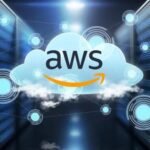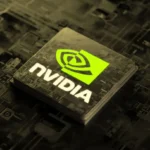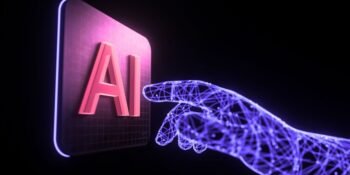Key Points
- Tesla has launched its first robotaxi service with paying customers in Austin, Texas.
- The trial is very limited, with only about 10 cars, a safety monitor on board, and operating in a specific area.
- CEO Elon Musk called the launch the culmination of 10 years of work.
- The launch comes just as Texas passed a new law requiring state permits for all autonomous vehicles.
After years of promises, Tesla finally launched its robotaxi service on Sunday, deploying a small fleet of self-driving cars to pick up paying customers in Austin, Texas. CEO Elon Musk called it a “robotaxi launch” and described it as the “culmination of a decade of hard work.”
The event marked the first time that Tesla’s cars carried paying passengers without a human driver behind the wheel. The initial trial is small, with only about 10 cars operating in a limited area of the city. For now, a “safety monitor” is riding in the front passenger seat. Select social media influencers were invited to the carefully managed launch, where they posted videos of themselves ordering and riding in the cars for a flat fee of $4.20.
While this is a huge milestone for Tesla, experts warn that the company still has a long way to go. One professor called the launch “the end of the beginning—not the beginning of the end,” saying it could take decades to build a full-scale robotaxi business. For Tesla, whose massive stock valuation is now largely tied to its promises of robotaxis and humanoid robots, a lot is riding on this working.
Just as Tesla was preparing for the launch, Texas lawmakers passed a new law that will require all autonomous vehicle companies to get a state permit before operating on public roads.
The law, which takes effect in September, signals that the state wants the industry to move forward cautiously. Musk has said Tesla will be “super paranoid” about safety, avoiding bad weather and difficult intersections, and will not give rides to anyone under 18 years old.










